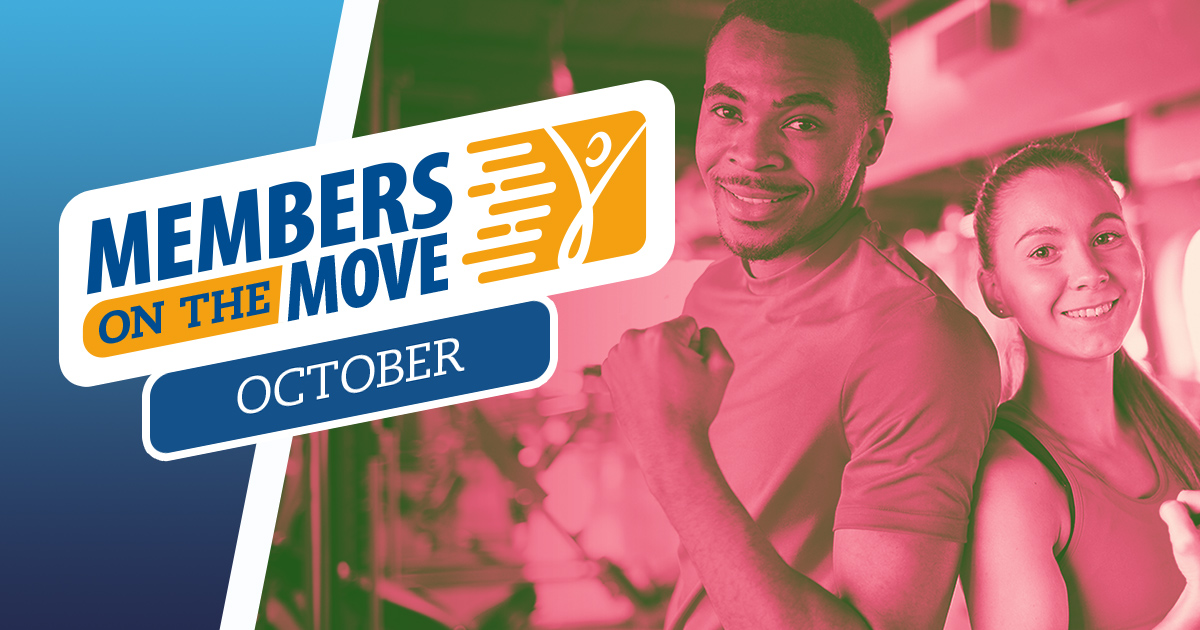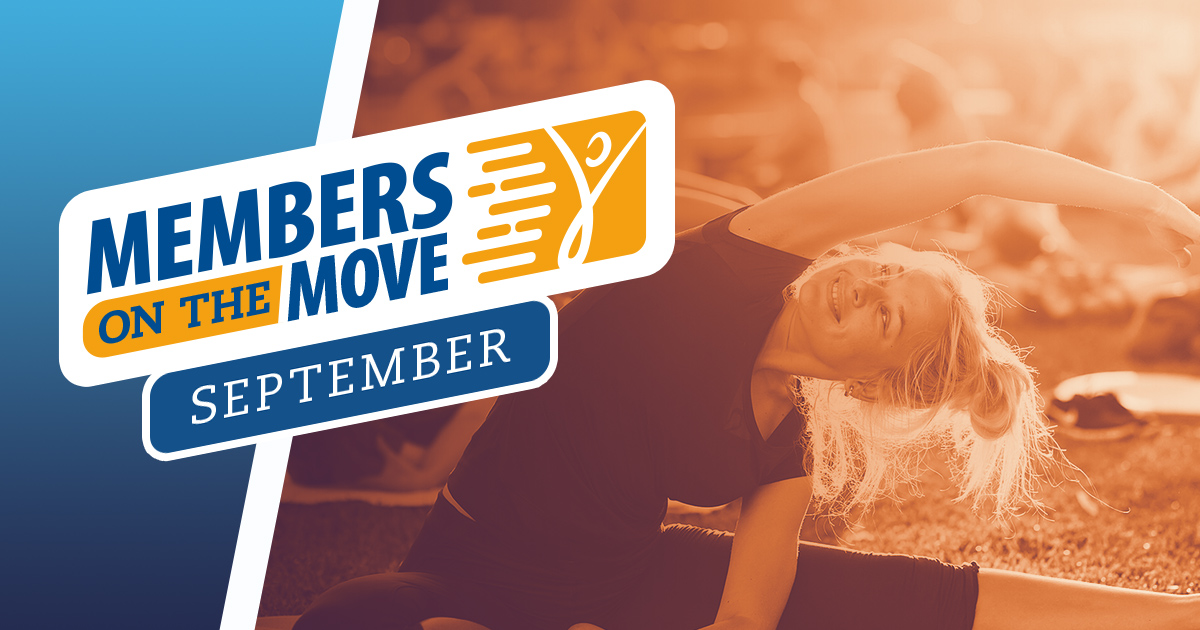With large populations of student employees, competition for talent is high among employers on college campuses. Often one of the largest employers with hundreds of student employees at any given time, recreational sports departments are constantly competing with other large campus employers to recruit. How can your department position itself as an attractive campus employment opportunity for students? In their book Co-Opetition, Adam Brandenburger and Barry Nalebuff say, “A player is your competitor if customers value your product less when they have the other player’s product than when they have your product alone.”
With this in mind, it’s important to draw a few distinctions for the purpose of this analysis:
- Players: Large campus employers
- Customer: Undergraduate or graduate students seeking employment
- Product: Jobs
Next, it’s important to have a little context about the competition. Other large employers on campus might offer students the ability to do homework on shift, in the comfort of temperature-controlled facilities. These perks provide stiff competition for recreational sports departments trying to recruit the same customers while not always being able to offer the same amenities. If we’re asking students to come in and work with our department—doing tasks that oftentimes have them working outdoors through various seasons (lifeguards, IM sports referees) or indoors but constantly moving around (weight room monitors, facility supervisors)—how do we compete?
The answer? Game theory. If we know that our customers value our product less when they have the other player’s product, we have to find other competitive advantages to entice them to choose our product. We compete by identifying our own value-adds and marketing them strategically. We know that in working with us, students are more likely to develop soft skills that prepare them for their post-graduate careers such as teamwork, conflict resolution, communication, and time management.
While we can’t provide student employees with the same product features as other key players, we can prepare them for their professional careers and ensure they’re having fun along the way.
What do we get out of this, besides having more student employees to recruit from? In defining our added value, we in turn recruit and hire students who buy into (or at least are interested in) the mission, vision, values, and professional development opportunities that are inherent in working with our departments. Additionally, if students are seeing the added values in “purchasing” our “product,” they’ll likely continue doing so (i.e. increased retention).
By promoting a culture of fun, inclusivity, and diversity, we become more competitive in the eyes of our target market. Additionally, common guiding principles—such as empowering growth, challenging convention, and amplifying connections—further showcase your culture and make clear your promise to customers. In defining and living by a shared culture, we’re able to bypass the main “rule” that oftentimes causes our customers to purchase other key players’ products.
However, having a defined and inviting culture isn’t enough to ensure “purchases” of our product. Like all players in a competitive market, we also have to be strategic. We sell our product by focusing on values and cultures. We can visually tell the story of our diverse and inclusive culture through targeted marketing campaigns, which highlight the community and professional development opportunities (the features of our product). This shift changes the perception of our potential customers and, over time, will hopefully change perceptions enough to make campus recreation student employee positions the most sought-after employment opportunities on campus.
Additionally, we know that word of mouth is one of the best ways for us to acquire new customers. To inspire word of mouth testimonials, we can create professional development opportunities focused on connecting post-graduation careers to work with our departments. In doing this, we hope new and existing customers will see the value in working with our departments and want to continue “purchasing our product,” and will want to tell their friends about it as well.
In assessing our players, added values, and knowing our rules and tactics, we can decide to move the game into a new arena. Let’s choose not to compete on the key advantages other players have, but instead differentiate ourselves: We offer transformational leadership experience. Sure, other products allow customers to do their homework and potentially increased compensation packages, but does that truly prepare them for their post-graduation careers?
You can bolster professional development opportunities for student employees by offering résumé review sessions or by developing on-demand training videos about key soft skills like communication and conflict resolution.
While we compete against many players for a variety of products, none are as critical to our ongoing operations as student staff. Without our employees, our other products, programs, or services would not function. By defining our value add to student employees and rebranding our employment opportunity product, we’re able to better position ourselves against the competition.
- For more information about applying game theory to your student staff hiring initiatives, you can message Chrissy on NIRSA Connect.
Christina Galli, MS, MBA is currently the Staff Development & Student Experience Specialist for Recreational Sports at UC Berkeley and Co-Chair of the NIRSA Student Staff Development Task Force; you can email her at cgalli@berkeley.edu.






